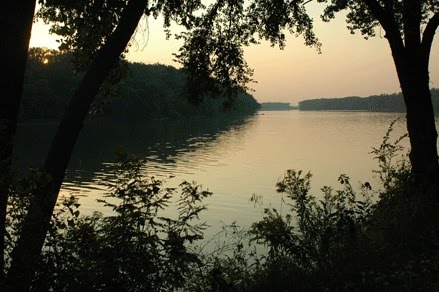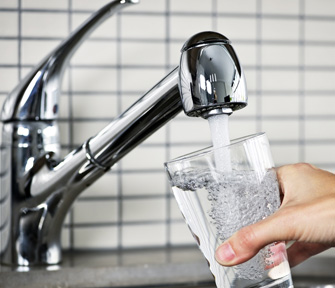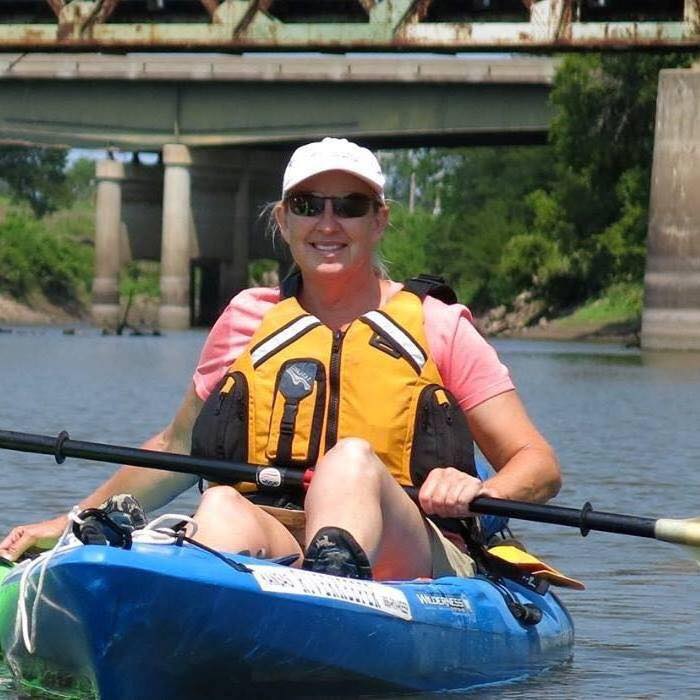|
The CrimeEarlier this month a story broke into national headlines that Junction City had been robbed of a significant amount of water, and was missing 30 percent more water than it was allotted. Junction City draws its water supply from alluvial wells on the Republican River below Milford reservoir, and just before this river enters the Kaw. Simultaneously, as hydrologic thievery occurred in Junction City, another “crime” was witnessed 173 miles down stream at Kaw Point. Stormwater pollution, likely caused from an overwhelmed combined sewer system, has been contributing to raw sewage and other pollutants ending up in the Kansas River. A Strawberry Hill Resident that frequents Kaw Point and fishes the Kaw regularly witnessed the pollution. In his account (see last email newsletter) the resident describes the pollution with devastating accuracy, and provides clues to the source of the pollution. The VictimsLike many municipalities; Junction City depends on the Kansas River system for vital needs. Topeka, Eudora, De Soto, and many other cities and towns also depend on the river as their only source of water. Other key users of Kansas River water include Jeffery’s Energy Center, The Lawrence Energy Center, the Bowersock Mills & Power Company, and the Tecumseh Energy Center. These power plants produce most of the energy for northeast Kansas, and require a minimum flow to cover their needs. Farmers, ranchers, fisherman, river recreationists, wildlife, plants, and many others depend on a steady supply of clean water from the Kaw to survive. In total 40 percent of Kansas depends on the River. All of these groups, and the groups that depend on their success, have depended on dwindling minimum flows over the last year of drought. Water in Kansas is a precious resource, and its being “stolen” and damaged is a serious fact that cannot be ignored.
The PerpetratorAn aging water infrastructure is causing harm to many citizens that depend on the Kansas River. In Junction City much of the missing water turned out not to be stolen by crooks, but by a degrading system of water meters. Over the next two years the city will try to replace more than 9,000 meters for the In Kansas City, near Kaw Point the Environmental Protection Agency has settled two cases with the cities of Kansas City, Missouri and the Unified Government of Kansas City, Kansas. Both Clean Water Act settlements addressed the thousands of illegal stormwater overflows that have occurred over the past decades caused by out dated sewer systems. Both cities are being forced to update their sewer and stormwater systems, but have nearly two and a half decades to complete this task.
|
|
The PunishmentUntil we can get these infrastructure issues fixed. Citizens that depend on the Kaw will continue to be “punished” by rate increases, lack of water, and degraded water quality. The problems are numerous, but not overwhelming. |
|
| It is important for individuals to realize the importance of fresh water as a drinking supply. Although about 70 percent of the earth’s surface is covered in water, only 2.5 percent is freshwater. Out of that freshwater, more than 68 percent is frozen in glaciers and ice caps. That leaves less than one percent of all water on earth (ground water and surface water) available as fresh water that can be relatively easily converted to drinking water. Continually degrading infrastructure causes water to be wasted at an alarmlingly high rate. Seven billion gallons of fresh water are lost every day in the United States.
Learn how your drinking water infrastructure isn’t working today, and what we may be able to do about it.
|
|
Sewage in the Kaw
“When I reached the bank, I saw the usual trash, styrofoam, plastic etc. floating on this ‘slick’. Then I saw a feminine pad, and lots of toilet paper.
“The water they are drinking, and giving their children to drink, came from a waterway containing used toilet paper, used feminine products, used condoms, and all the other stuff that is flushed down a toilet including 2.5 billion gallons of raw sewage each year.”




 Paddle safely! Use the links below to quickly access information that impacts river conditions.
Paddle safely! Use the links below to quickly access information that impacts river conditions.
